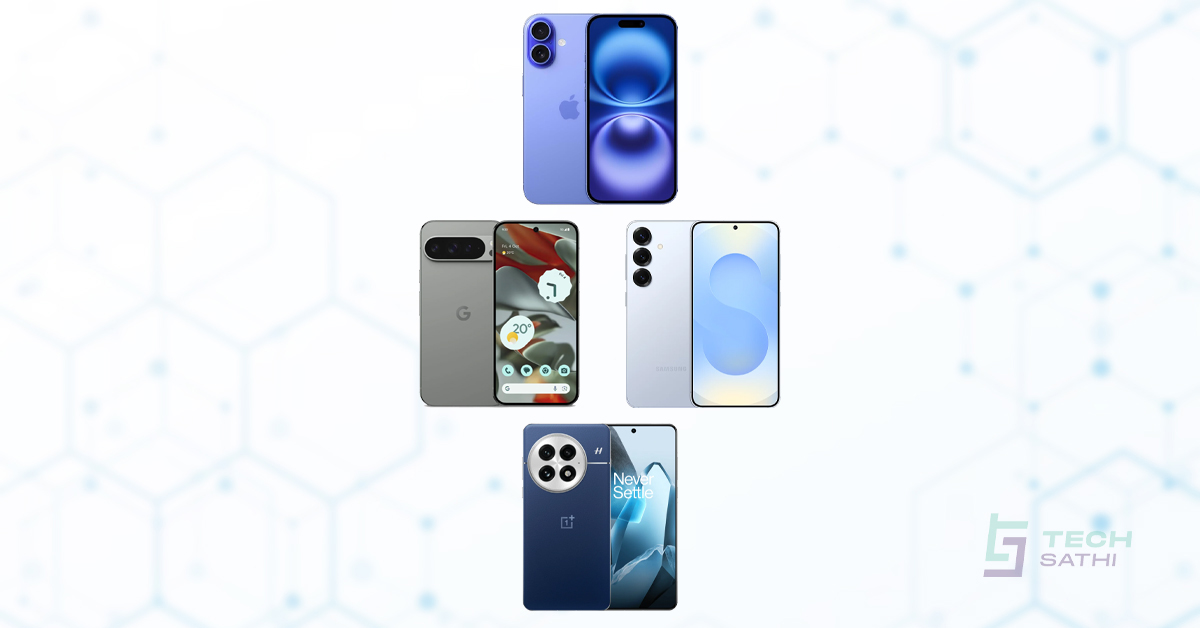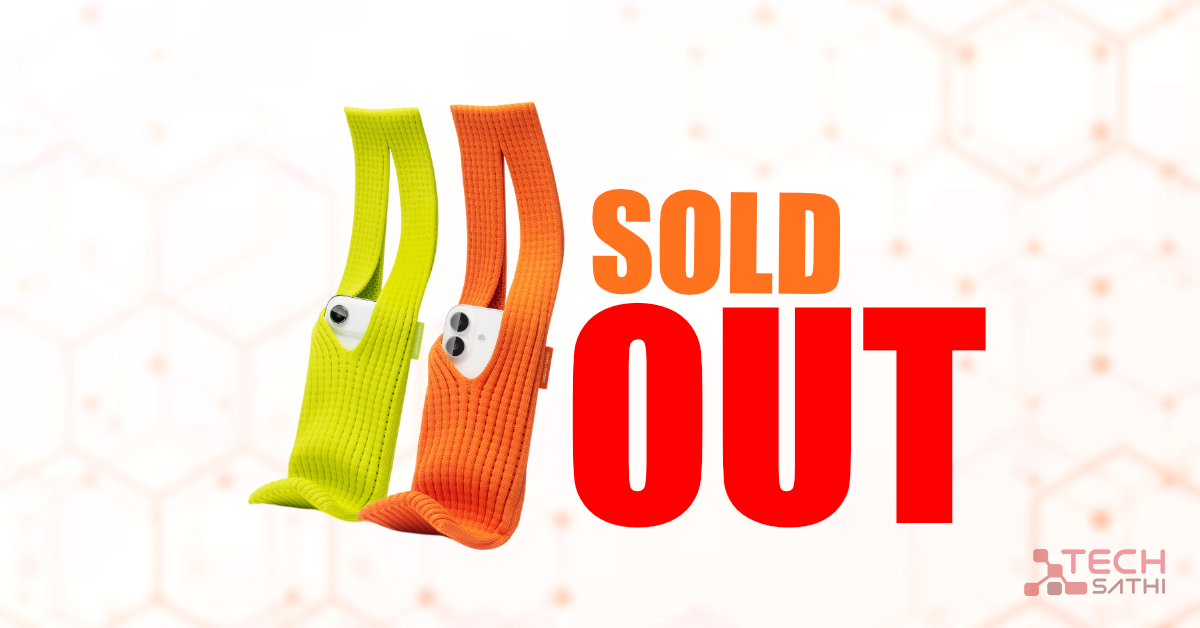The Nothing Phone (3) is a bold step forward for the brand. It features a new Glyph Matrix interface, a Snapdragon 8s Gen 4 chip, and long-term software support. The device runs Android 15 with Nothing OS 3.5. It also includes AI tools like Essential Search, Flip to Record, and Essential Space. Nothing promises five major OS updates and seven years of security patches.
While these features are impressive, the premium smartphone market is more competitive than ever. Brands like OnePlus, Samsung, Xiaomi, Apple, and Google have launched devices that offer superior displays, advanced camera systems, better battery life, and deeper AI integration. If you’re considering the Nothing Phone (3), it’s worth looking at these alternatives before making a decision.
1. OnePlus 13: Powerhouse Performance in a Sleek Package
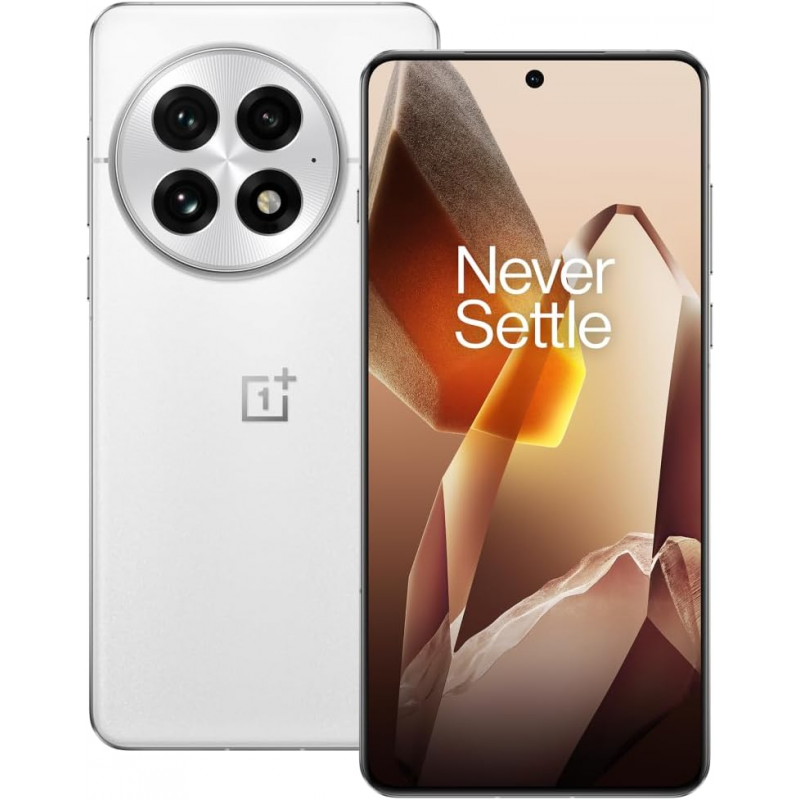
OnePlus has made a strong return with the OnePlus 13. This phone comes with a massive 6.82-inch 2K+ AMOLED display. It supports up to 4,500 nits of peak brightness. The screen earned a DisplayMate A++ certification, which is one of the highest ratings available.
Under the hood, the OnePlus 13 uses the Snapdragon 8 Elite chipset. It offers up to 24GB of LPDDR5X RAM and up to 1TB of UFS 4.0 storage. These specs make it one of the most powerful phones on the market.
The camera system remains top-tier. It includes a 50MP Sony LYT-808 main sensor, a 50MP ultra-wide lens, and a 50MP periscope telephoto camera with up to 120x digital zoom. OnePlus also improved the cooling system and antenna performance using a redesigned alert slider module.
Battery life is another highlight. The phone has a 6000mAh battery with 100W SuperVOOC wired charging and 50W wireless charging. Starting at $799 for the 12GB + 256GB model, it undercuts the Nothing Phone (3)’s top variant while offering more power and faster charging.
2. Samsung Galaxy S25: AI Integration Meets Long-Term Support

Samsung continues to dominate the premium Android space with the Galaxy S25. It features a 6.2-inch FHD+ AMOLED display. The screen supports a 120Hz refresh rate and up to 2,600 nits of brightness.
The Galaxy S25 is powered by the Snapdragon 8 Elite for Galaxy chipset. It integrates deeply with Google’s Gemini-based AI tools. This makes it a great option for users who rely on artificial intelligence for productivity and daily tasks.
The camera setup includes a 50MP main sensor, a 12MP ultra-wide lens, and a 10MP telephoto lens. Samsung is known for delivering consistent and reliable photo quality. This phone continues that tradition.
Software support is another key strength. Samsung confirmed seven generations of Android updates and ongoing security patches. At around $799.99 globally, the Galaxy S25 is a well-rounded alternative to the Nothing Phone (3).
You might also like : The Galaxy Z Fold 7: Price in Nepal
3. Xiaomi 15: Compact Flagship with Leica-Grade Cameras
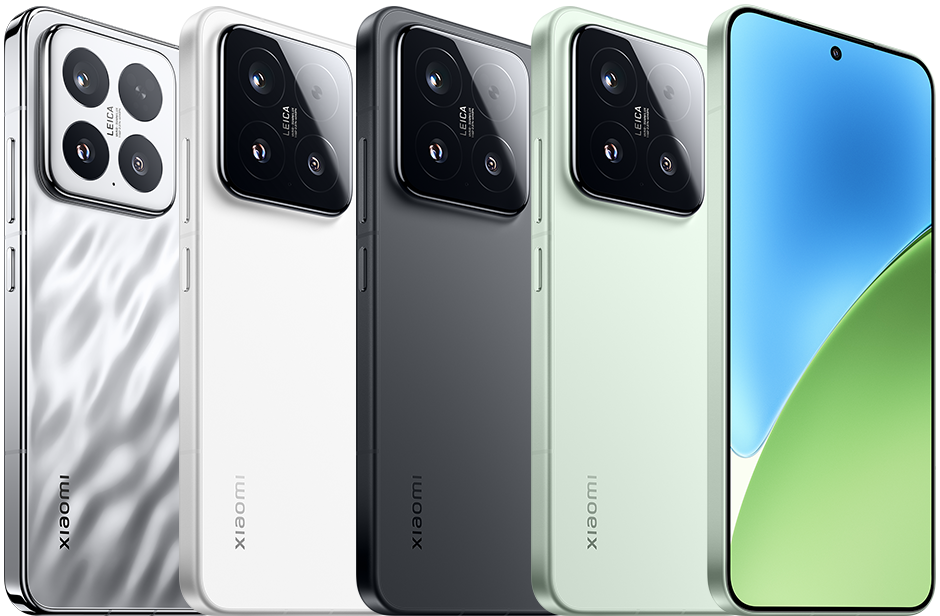
For users who prefer a smaller phone without sacrificing performance, the Xiaomi 15 is an excellent choice. It features a compact 6.36-inch 1.5K OLED LTPO panel. The screen delivers up to 3200 nits of peak brightness and ultra-narrow bezels.
Like other flagship models, the Xiaomi 15 runs on the Snapdragon 8 Elite chip. It also includes the IceLoop Wing-type cooling system. This ensures better thermal performance during intensive use.
The camera system stands out. It has three Leica-branded 50MP cameras. These include a 1/1.31-inch main sensor, an ultra-wide lens, and a 2.6x telephoto camera. Xiaomi also added its AISP 2.0 image processing engine and Leica Summilux optics. These upgrades improve low-light photography and portrait results.
The phone includes a 5240mAh battery. It supports 90W wired charging and 50W wireless charging. Priced at $779 for the single 12GB + 512GB variant, the Xiaomi 15 offers great value in a sleek, manageable size.
4. Apple iPhone 16: Stability, Ecosystem, and Cutting-Edge AI
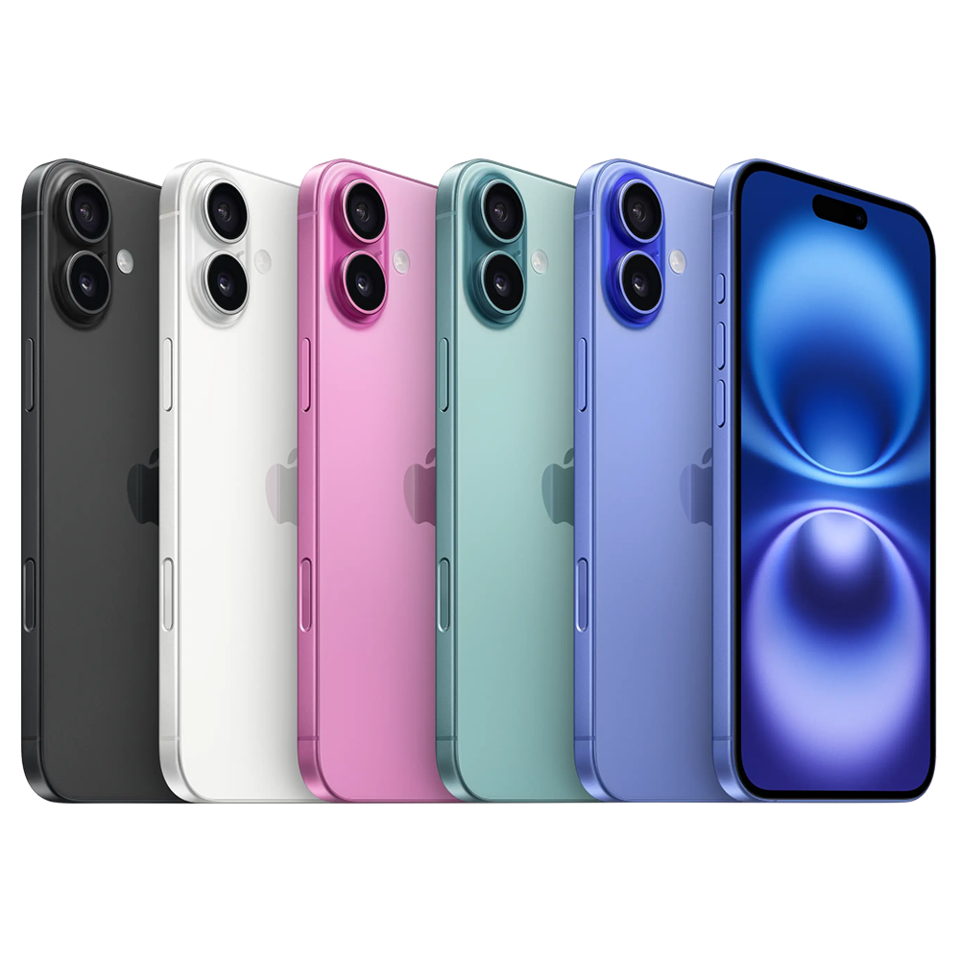
Apple’s iPhone 16 and iPhone 16 Plus bring meaningful upgrades to the lineup. Both models feature the new A18 chip. They also introduce the Action Button and a new Camera Control button with haptic feedback and gesture support.
The iPhone 16 has a 6.1-inch OLED display. The Plus version offers a larger 6.7-inch panel. Both screens can reach up to 2,000 nits of outdoor brightness. This makes them easy to view even in direct sunlight.
The camera setup includes a 48MP main sensor with sensor-shift stabilization and a 12MP ultra-wide lens. Apple added support for spatial video and spatial photos. These features are designed for use with the Vision Pro headset.
iOS 18 introduces new AI tools. These enhance image cleanup and editing through Apple Intelligence. The iPhone 16 starts at $799 for the 128GB model. With Apple’s long-term iOS support and seamless ecosystem, it remains a top competitor to the Nothing Phone (3).
5. Google Pixel 9 Pro XL: Photography and AI Excellence
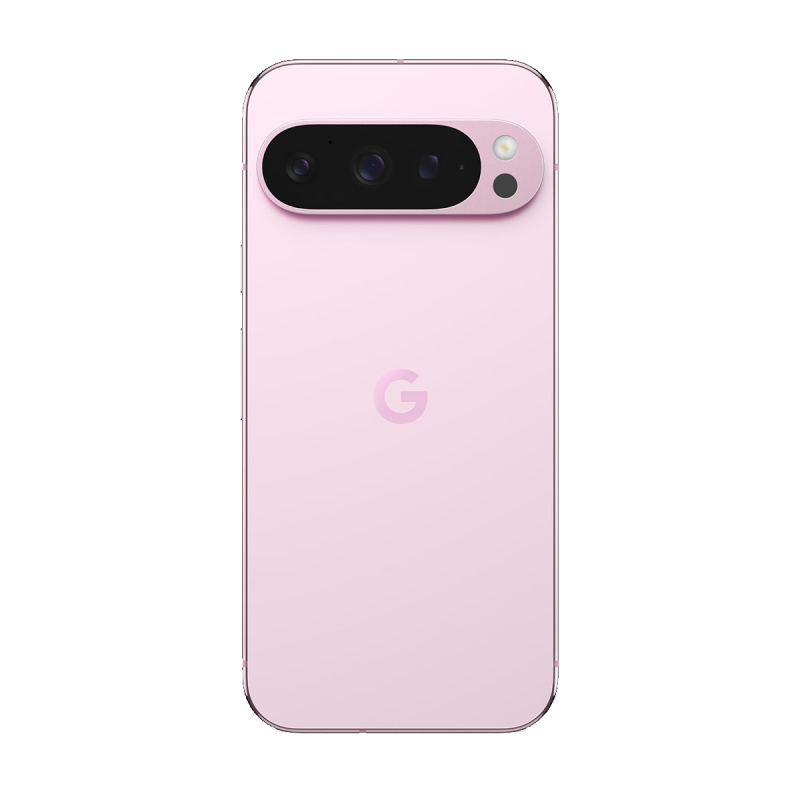
Google’s Pixel 9 Pro XL is a powerhouse focused on photography and AI. It features a large 6.8-inch QHD+ LTPO AMOLED display. The screen supports up to 3,000 nits of brightness. That makes it one of the brightest displays available.
The phone runs on the Tensor G4 chip. It also includes the Titan M2 security module. Google promises seven years of OS, security, and feature updates. This is one of the longest software commitments in the industry.
The camera system includes a 50MP GNK main sensor, a 48MP ultra-wide camera, and a 48MP 5x periscope telephoto lens. The front camera uses a 42MP Sony IMX858 sensor with autofocus.
Google introduced several AI-based features. These include Zoom Enhance, Add Me, and Magic Editor with auto-framing. These tools give users more control over their photos and videos.
The Pixel 9 Pro XL has a 5060mAh battery. It supports 37W wired charging and 23W wireless charging. Starting at $1,099, this phone is ideal for users who want the best in photography, AI, and long-term software support.
Verdict: Is the Nothing Phone (3) Still Worth It?
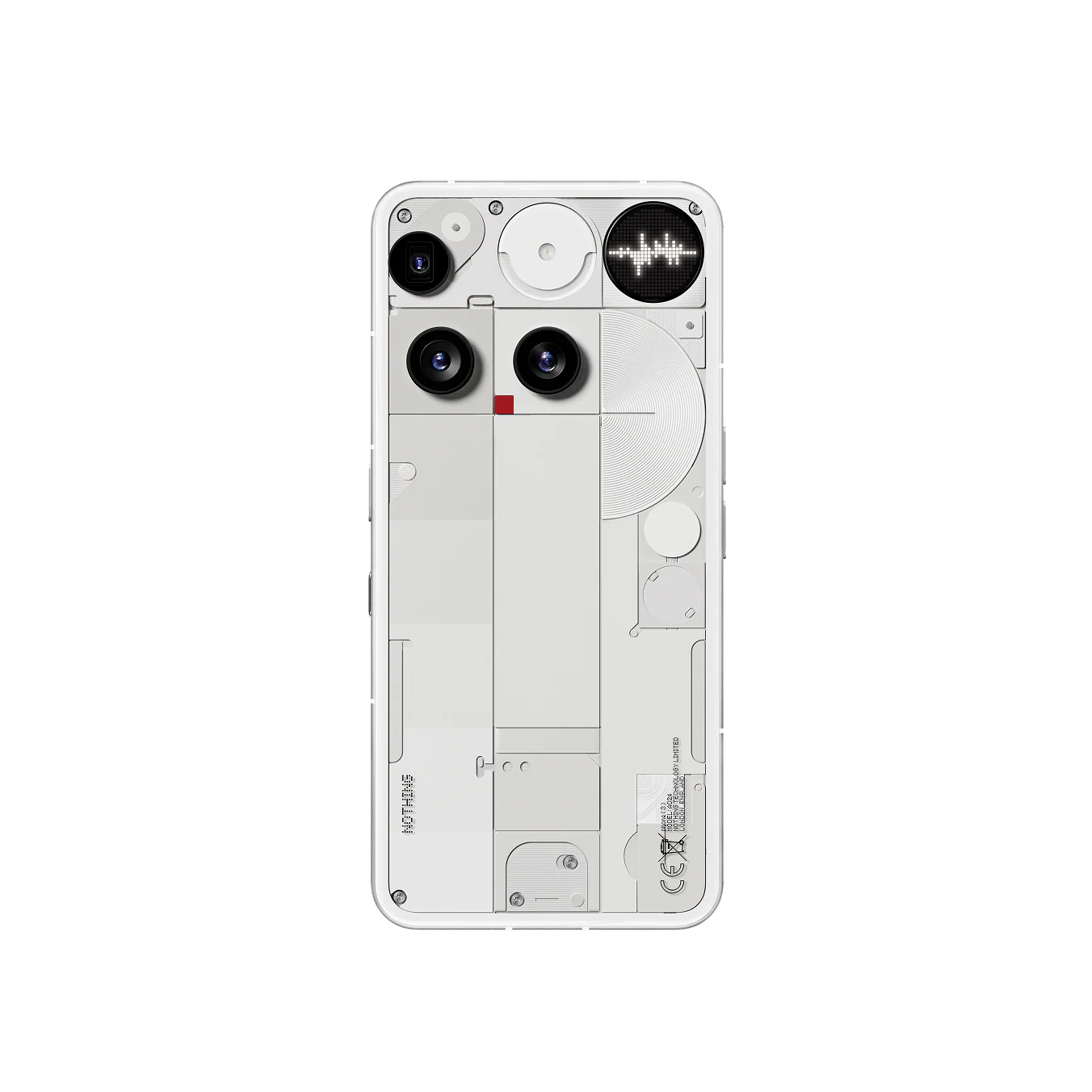
There’s no denying the Nothing Phone (3) brings a unique identity to the Android market. Its Glyph Matrix adds visual flair. The Essential Key enables useful AI-powered features. Its 5500mAh battery with 65W charging provides solid performance.
However, the competition is stronger than ever. Rivals now offer better displays, more advanced cameras, faster processors, and equally long software support. In this environment, being different may not be enough.
If you’re looking for the most complete phone experience today, consider the OnePlus 13 or the Pixel 9 Pro XL. For AI productivity and long-term software support, the Galaxy S25 is a smart pick. The Xiaomi 15 is perfect for users who want a compact but powerful device. Meanwhile, the iPhone 16 remains a benchmark for stability, design, and ecosystem integration.
The Nothing Phone (3) isn’t a bad phone. But in 2025, standing out requires more than just style and novelty. Users now expect top-tier performance across every category. And in that race, “Nothing” has never had to prove itself more.

